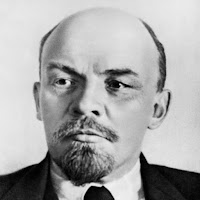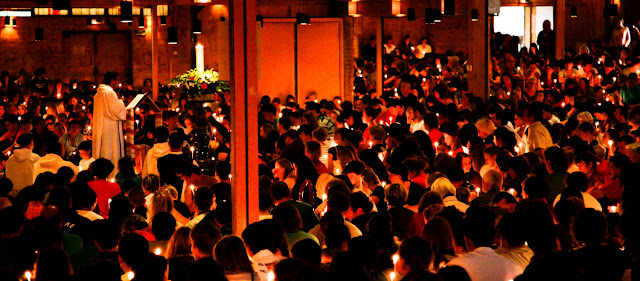 |
| Lenin (Internet) |
Long time ago I was christened as Cornelis Gerardus van Halderen, shortened for daily use to Kees (pronounced as "Case"). I have been quite content with my short name, but when I entered puberty (in the early sixties) I found that Kees was a rather bourgeois name. From then on I could have called myself Ilyich, or Yevgéniy, or Che (in certain circles quite fashionable names then), but I had a strong feeling that this might not catch on with many of my friends and family. Hence I chose a simpler solution: Change Kees into Cees, and all of a sudden a simple boy from a working class family had something special, something artistic.
 |
| Che Guevara (Internet) |
And even though the pronunciation of both names should be different (Case becomes Sase), I can only remember one colleague who consequently called me "Sase". When time passes one realises that such adolescent behaviour had been rather childish, but by then I and the rest of the world got used to a name that is differently written than it is pronounced.
When we ended up in France I held on to my illogical short name, irrespective of the fact that some people were quite confused by it. Normally I am addressed as Kees (hence as Case), but some people address me as Cees, which they turn into "Cease".
 |
| Uitnodiging van de Préfect |
The reason: they think that Cease sounds more logical and more English than Case (given the spelling of Cees). Again, in hindsight, I should have chosen to be called Cornelis (albeit this sounds very official to me) or Cornelius (not common, but also not totally unknown in France), or Gérard, a perfectly French name which also corresponds to my second Christian name.
Since I have obtained the French nationality another "problem" has arisen: my official name (in my French passport) has been changed to Cornelis Gerardus Van Halderen. (Note the capital V in my name!).
 |
| Monsieur Van.... |
It is a bit like in the Singaporean telephone directory: one found most Dutch nationals under D for De (Boer, etc.) or under V for Van (Houten, etc.) and not under B resp. H. As of now I am findable under V for Van Halderen, and no longer under H of Halderen as is normal in the Netherlands….










